Piolets d'Or Announces the "Significant Ascents" of 2023
This list of 68 climbs is effectively a "long list" used to select nominees of the prestigious alpine award.
British hiker Andrew Terrill's near-fatal fall in the Alps leads him to dream up a 7,000-mile walk from the very toe of Italy to the far north of Norway.

Many of us gaze out longingly from our office windows and dream of a more adventurous life, to live with more freedom and variety. But for the odd exception, there are very few who end up going after these fleeting daydreams. Instead, we usually make do with burning a week or two of allocated vacation to hike part of a long-distance trail, or clip bolts on a sun-drenched coastline.
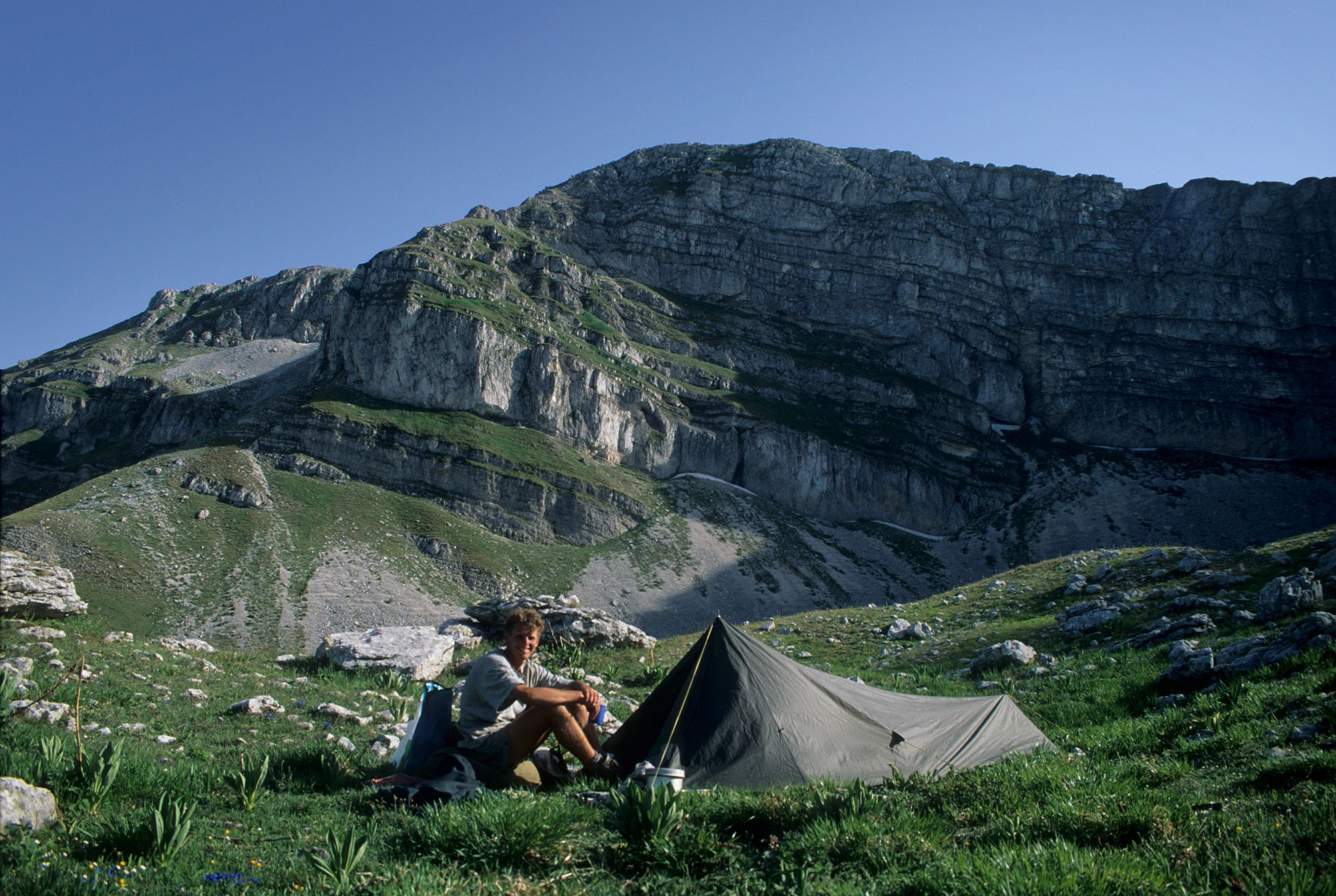
British hiker Andrew Terrill, and author of a new book The Earth Beneath My Feet, is one of those exceptions. After a potentially fatal tumble down a snow slope in the Swiss Alps, he wanted more from his quiet life in the suburbs of London. So off he went on a 2,200-mile jaunt across the Alps. But that didn’t quite hit the spot, so he tried three months hiking in the Pyrenees.
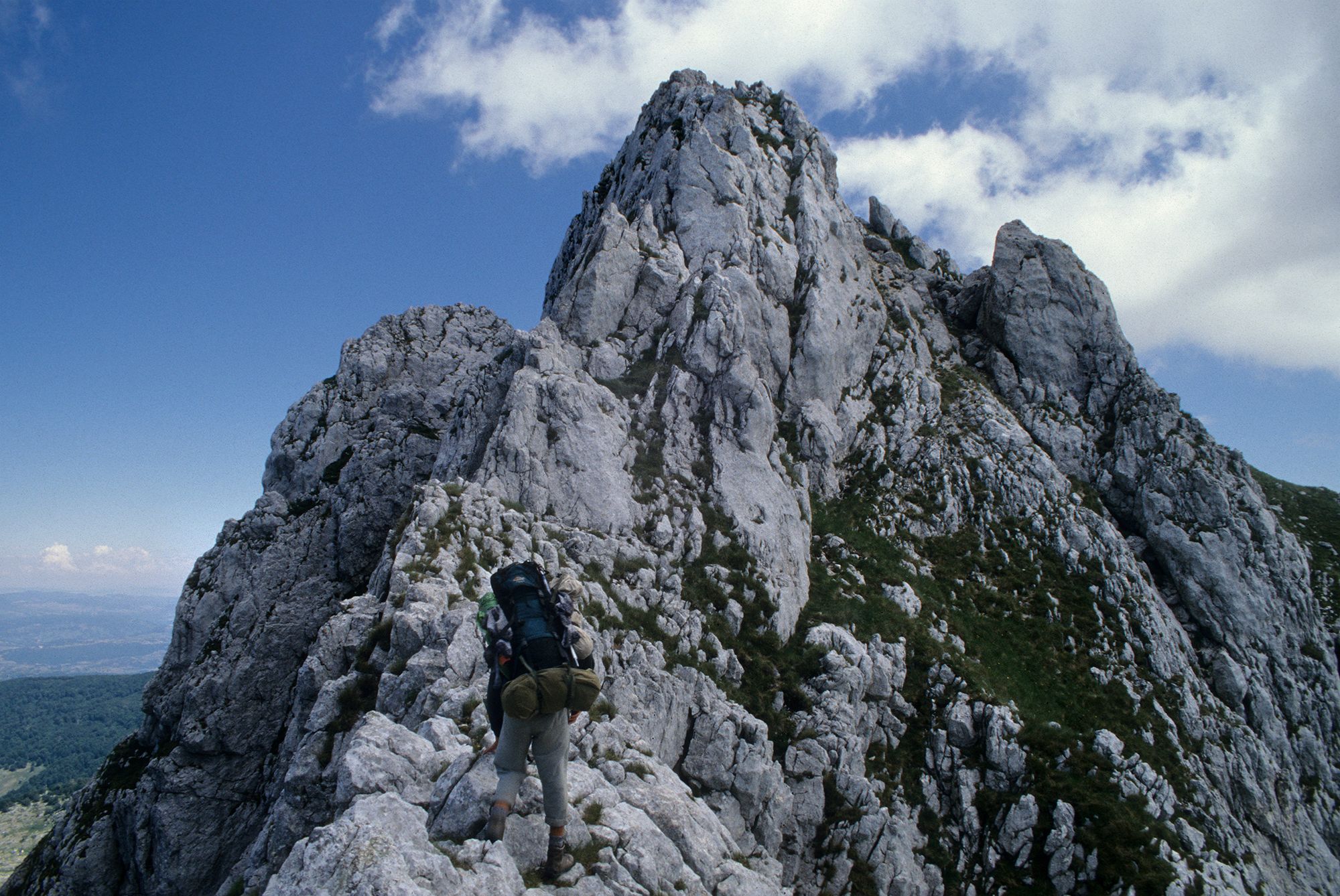
“Once home from the Pyrenees I began considering the possibility of something bigger,” writes Terrill in his debut book The Earth Beneath My Feet. “I wanted a journey I could lose myself in completely…I didn’t want a journey that ended with the summer. What I wanted was a new way of life.”
Read next on TOJ: Madman’s Promenade: The Three Rules of the Pyrenees
This new way of life took the form of a mammoth undertaking - a 7,000-mile walk from the very toe of Italy to the far north of Norway. In The Earth, Beneath my Feet, Terrill tells the story of the first eight months of the walk, which he set out on in Spring 1997, as a wide-eyed twenty-something.
You might think that writing the book some twenty years or more from the finish of the walk would detract from the story. Yet somehow Terrill has managed to bottle up and sprinkle his youthful intensity across the page as if the walk were only yesterday. But the real skill is in how Terrill manages to make you feel as if you are just one step behind as he fights his way through the swallowing overgrown forests of rural Calabria, and teeters along airy ridges in the Apennine mountains.
It would have been easy for Terrill to focus his tale on the landscape or the physical hardship of the walk alone, but instead, The Earth Beneath My Feet is a multi-layered narrative of toil, landscape, history, and self-growth. At its heart, it is a story of an outside journey inward. Of a young man on a life-changing walk, during which he developed a closer kinship with not only the natural world but his inner self.
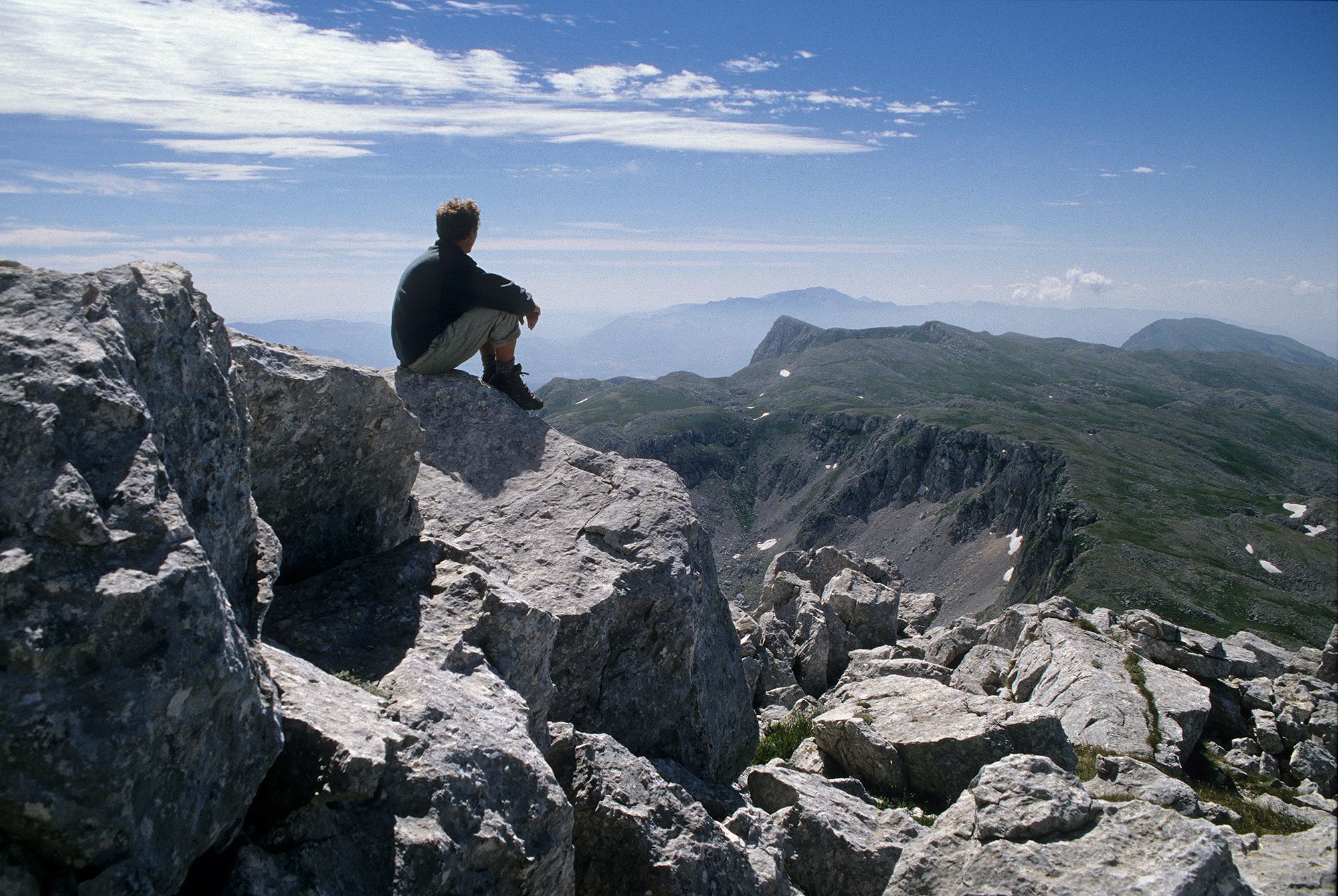
And the natural world that features is far wilder than you might expect for the mountains of Europe, something that Terrill is keen to stress. ‘I wasn’t on The Walk to complete it as swiftly as possible, to set any records,’ Terrill writes. ‘My goal was to seek out the continent’s special places, the places of natural wonder that few know exist.’
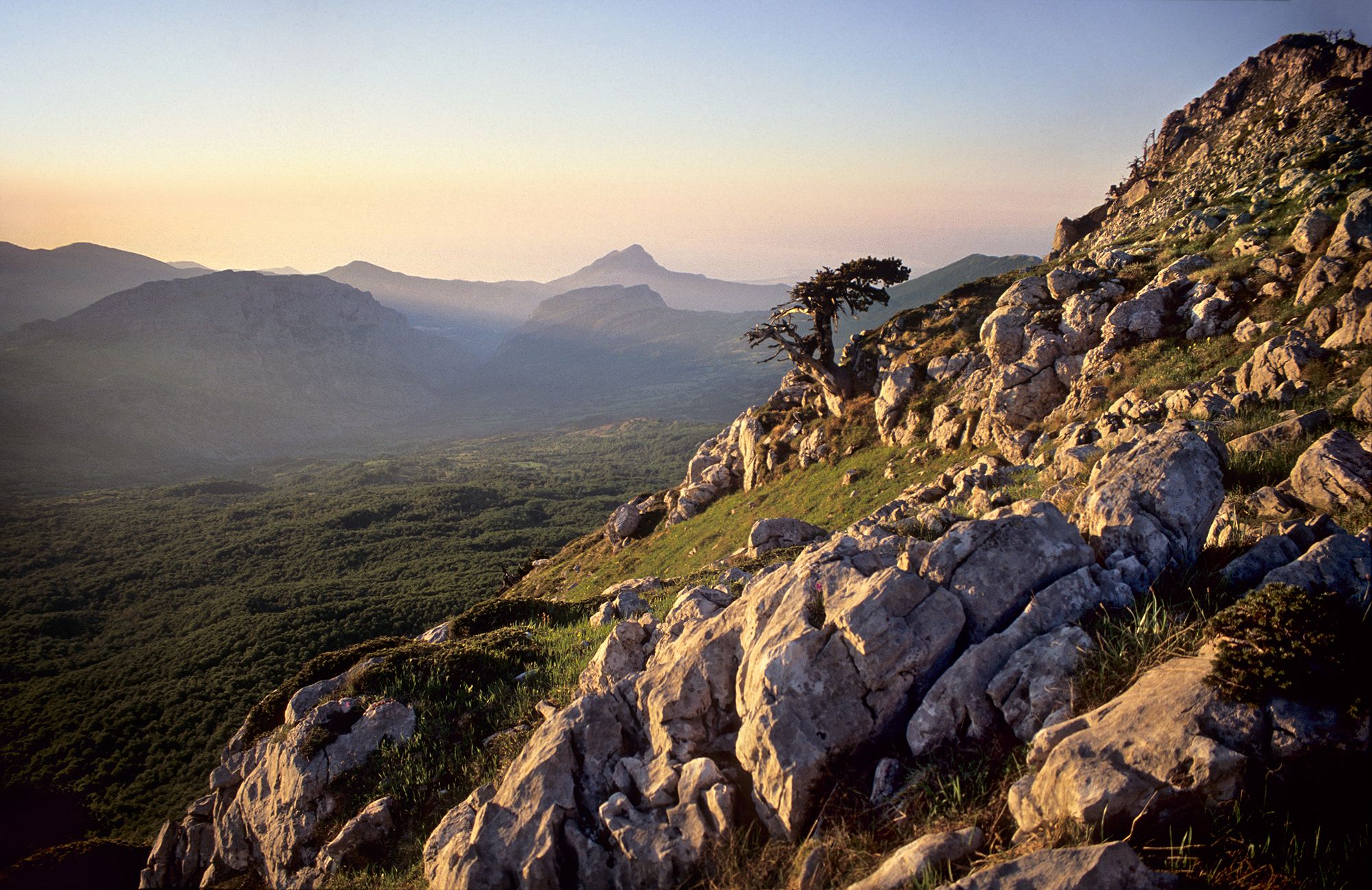
The one minor drawback as other reviews have noted, is that the black and white printing doesn’t do justice to Terrill’s excellent photography and keen eye for a good composition. But the unintended consequence of the grainy printing is that it serves to remind you that this was a journey in the pre-digital age – no social media, no sat phones, no ‘look at me’.
The result of twenty-odd years of gestation is a moreish book that makes you want to pick up your pack and boots and step out the front door. The frustrating thing is I’ll have to wait until next year when On Sacred Ground is released to find out what happens on the second part of the walk, from the Alps to the tip of Norway.
In the meantime, I caught up with Andrew Terrill to find out more about how he crafted the book and the impact the journey has had on his life.
The Earth Beneath My Feet was published on June 1st in paperback and ebook by Enchanted Rock Press. It is available on Amazon and for more details see andrewterrill.com.
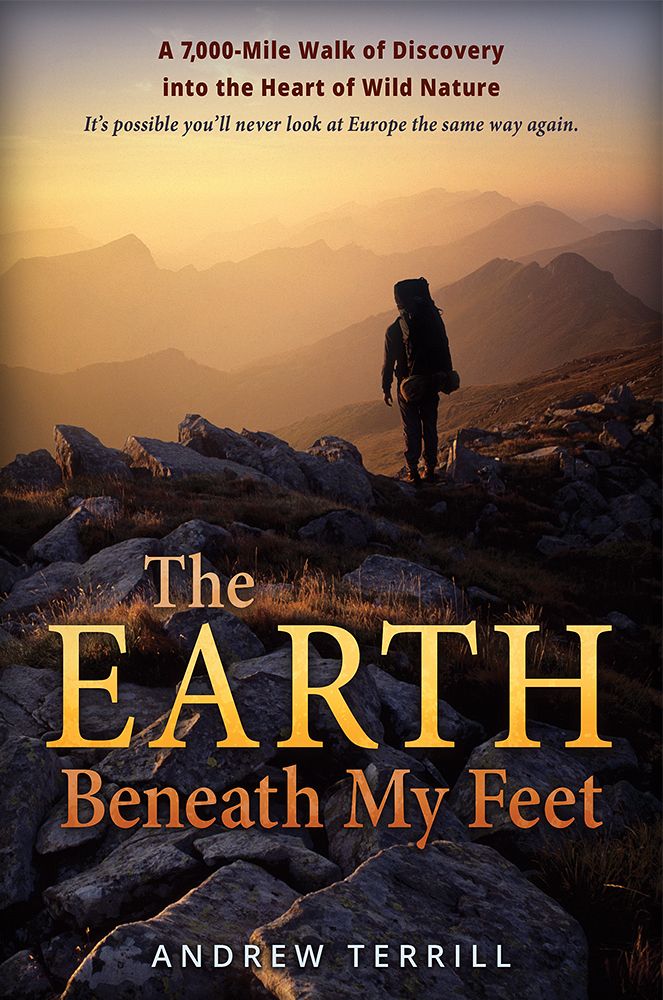
The book came almost a quarter of a century after you finished the walk. How hard was it to recall the details and capture the emotions and youthful exuberance you experienced at the time?
Perhaps surprisingly – not hard at all! The walk wasn’t like the life of routines that preceded it. Much of it was so novel and intense it sunk indelibly into my memory. So many moments still feel as though they occurred yesterday. It is remarkably easy to step right back.
That said, the journals I kept were helpful for the small details. I spent a fair while each evening recording events, conversations, thoughts, and emotions. I also had 7,000 slides to call upon, visual notes from the miles. But honestly, the journals and photos weren’t essential. The key moments were too extraordinary to forget.
Of course, perspective from the time that has passed has altered how I see the journey, and the writing process helped me understand it with more depth. To write a book worth reading I pushed myself to delve deeper than was possible at the time the walk took place. Figuring out motives, trying to understand why I reacted the way I did, why events unfolded the way they did, helped me see the journey far more clearly. Arguably, the book provides a more accurate view of the walk than I had at the time!
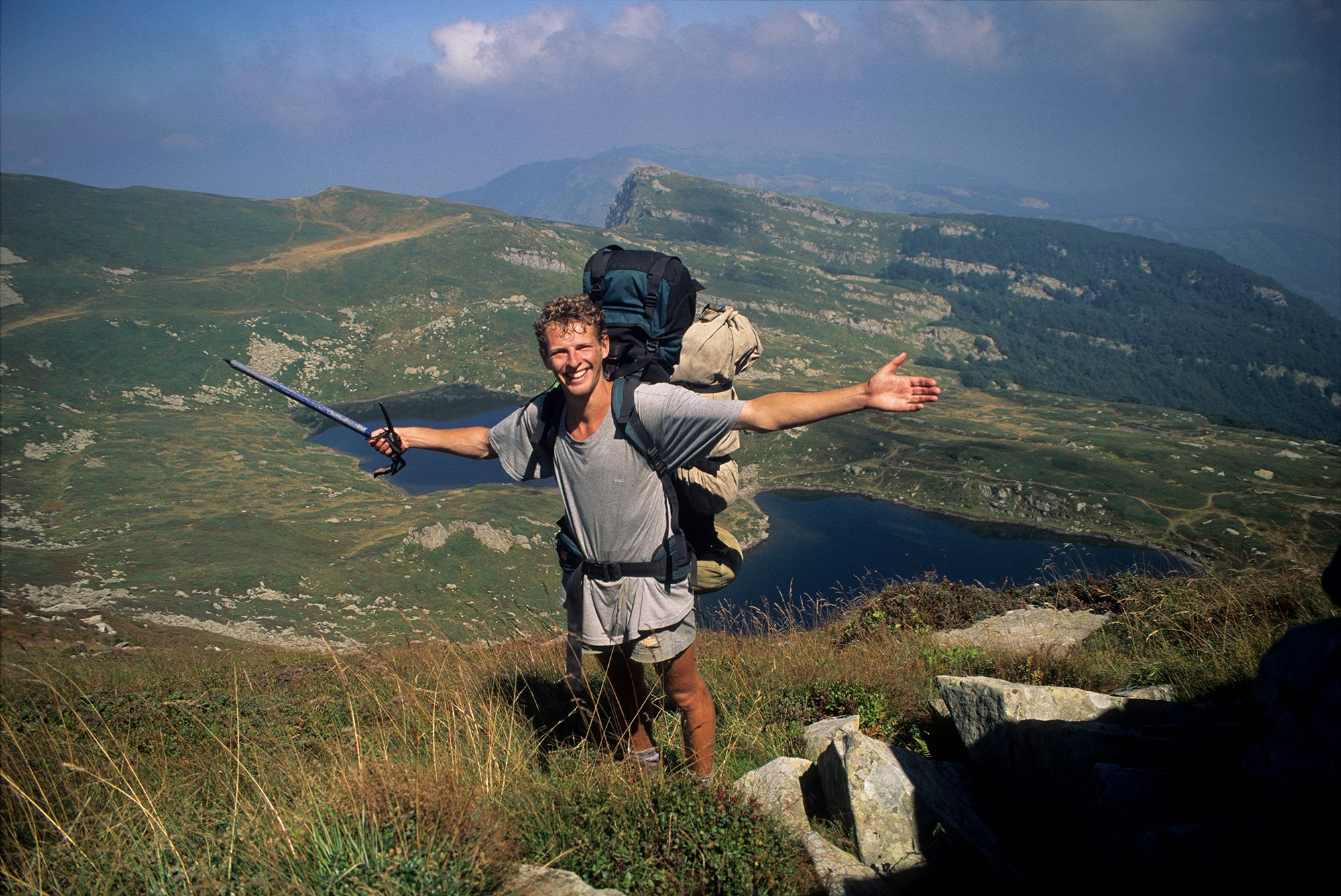
You mention ‘youthful exuberance’ – as other reviewers also have. Some reviewers have even celebrated that I avoided writing from an older man’s perspective, which definitely makes me smile. This so-called exuberant youthfulness is exactly how I still feel today, and I credit that to the journey and everything it taught. The physical walk may have ended in 1998, but the real journey never stopped. In many positive ways I’m still living it. Being fully engaged in it keeps me young!
The world has changed a lot since the walk, and hiking and mountaineering is more popular. How different do you think the walk would be if you had done it now?
In every way that matters, it wouldn’t be different at all. The mountains remain as steep, the forests of the Italian south as tangled, the winter snows as much of a challenge to negotiate. From what I’ve learned in recent years, most of the hidden places I visited twenty-four years ago are just as unvisited today. A solitary wanderer passing through them would need just as much patience, just as much stamina, and the potential rewards from immersion within them remain just as great. Basically, nature doesn’t care that a quarter of a century has passed!
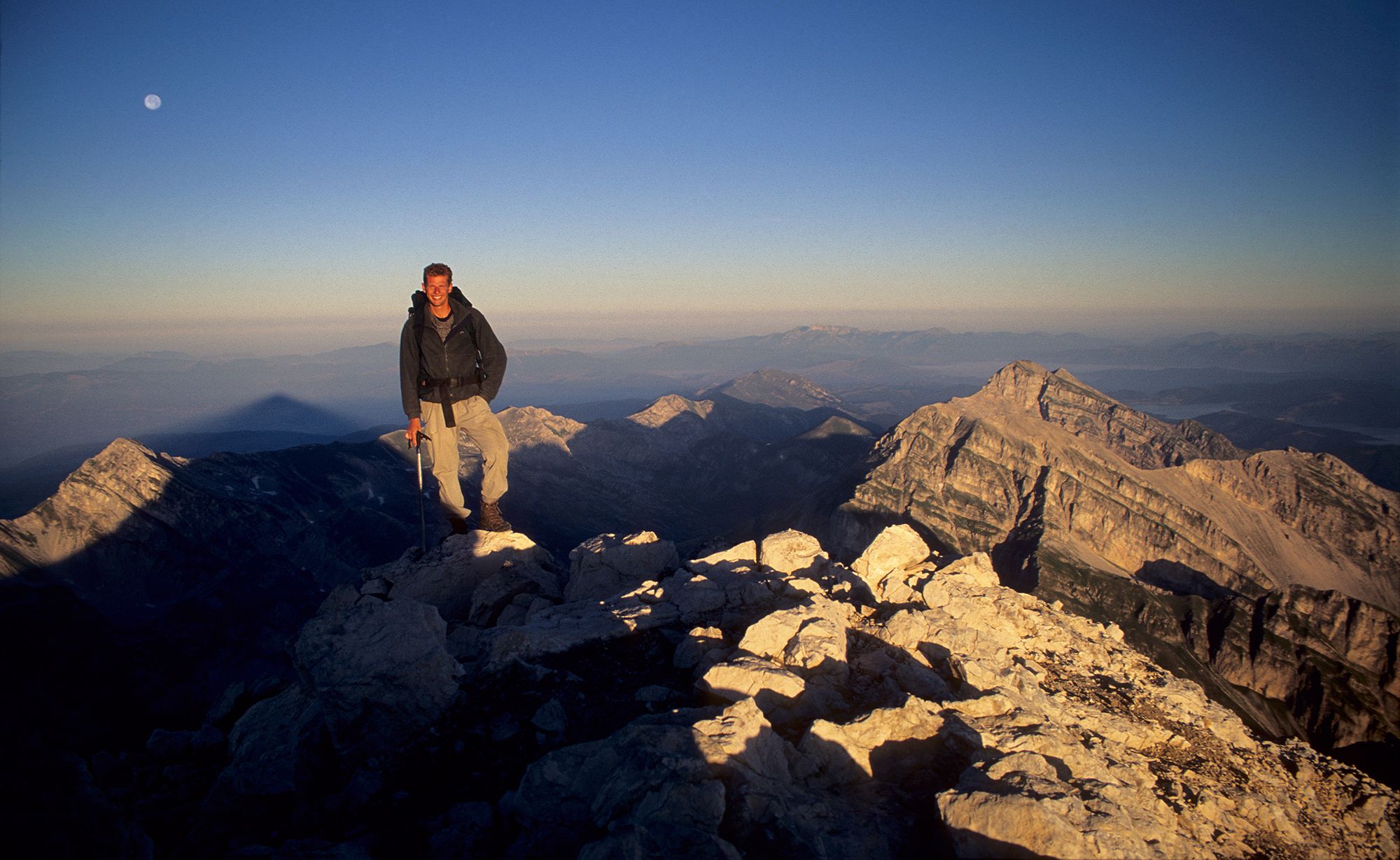
Then again, if I was to do the walk now my rucksack would be significantly lighter. And with a GPS unit in hand navigation would be notably easier. The maps I used in the south were appallingly inaccurate – and limiting because of it. Being able to control my whereabouts might reduce some of the ‘adventure’, but it would grant access to more hidden places.
Travelling with a phone and being able to connect with the world would profoundly alter the experience – but not in a good way. For me, complete immersion within the wild and the journey wouldn’t be possible if I had regular contact with ‘the outside world’. Being able to post photos and share reports with an audience might make sense from a career standpoint, but the cost to the experience would be too high. It’s why I seldom take a phone into the hills and woods during short trips, and certainly wouldn’t on a big walk.
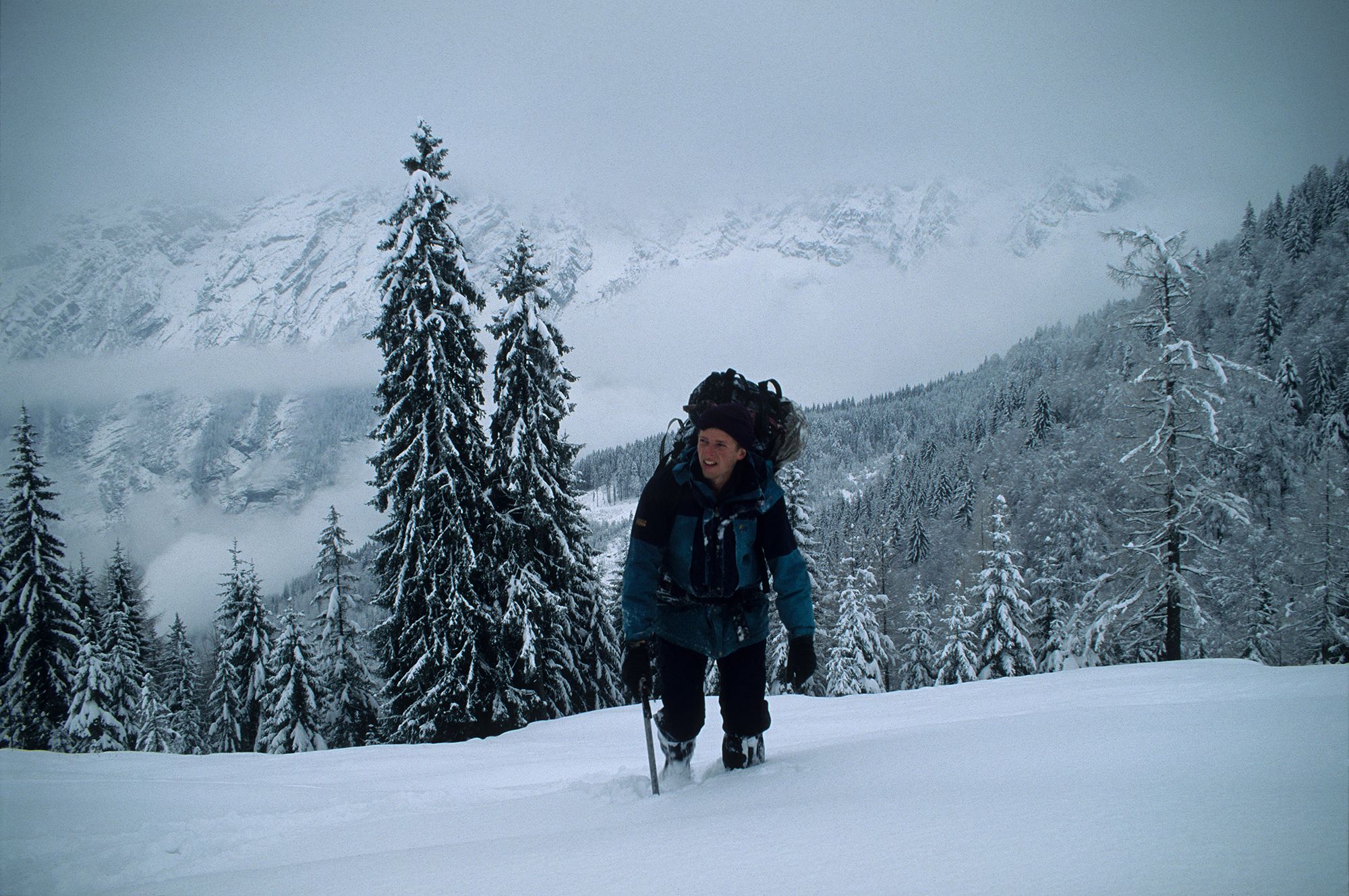
You took on this journey to live more harmoniously with nature and to live a more adventurous life. Have you kept this up in the decades since?
As mentioned before, the journey never ended. Everything that it was remains with me, and each time I step into nature the walk continues. In fact, I don’t even need to step into nature to find what I once imagined only nature could provide. I can find ‘adventure’, purpose, and meaning in so many different places and situations. The walk truly transformed my outlook – as the second book reveals.
Among other things, it helped me understand that we are the sum of our experiences. (Which is why the experiences we choose and the situations we place ourselves within should be given careful thought.) Growing up in the suburbs of London I was shaped by my environment and by the people around me. I grew up to see the world in a particular way, and saw myself as separate from nature and even ‘above’ it. But after 18-months on foot my views changed. I saw how I fitted in, how the natural world had sculpted us all. I developed a connection I couldn’t lose, even after the walk ended.
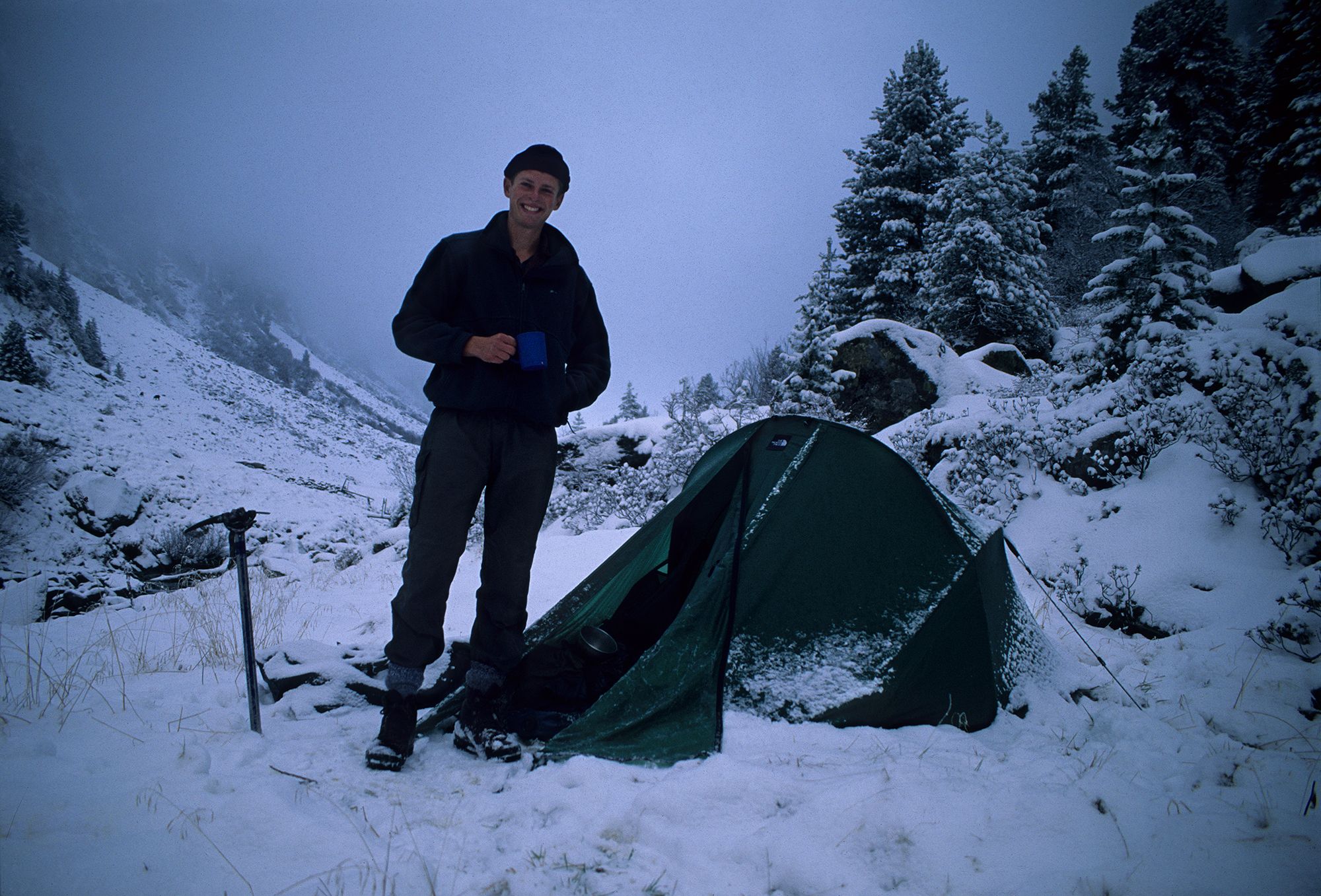
Although I now believe I could live without regular forays into the wild I’m happy I don’t have to! Life is about choices – something else the walk taught. I’ve chosen to live beneath mountains, which means I can visit them every day. I still backpack regularly – one night a week on average – although for now I keep the adventures short. (I have a family, and there is a season in life for everything.) But once the kids are away at college I have plans for further big walks. My wife can’t wait for me to leave, actually!
But to put it simply: nature is still an essential part of my life. I’ve definitely kept that up.
What do you hope readers take away from The Earth Beneath My Feet?
This is a dangerous question – I’d hate my answer to influence what readers think. After all, we are each unique, and we often experience the same things very differently. A book can be a journey that transports – a deeply personal journey – and who am I to suggest where it should lead? Once a book lands in a reader’s hands it’s not the author’s book any longer.
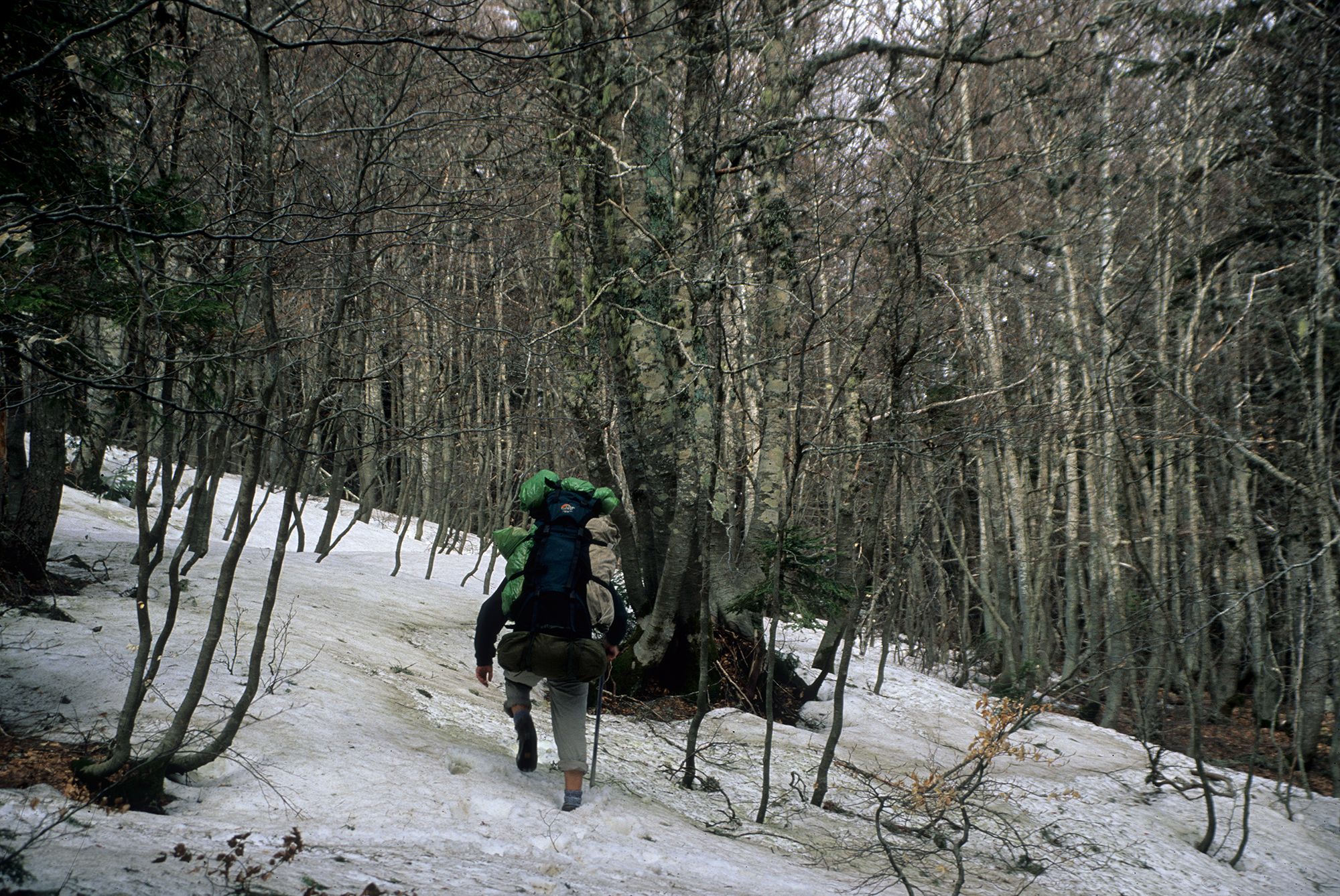
But to answer in general terms, I hope readers feel as though they are on a journey. And I hope some of the stories resonate and perhaps linger in mind once the journey is done. The book explores themes that some people may want to consider further. What’s interesting from feedback received so far is the way different elements have appealed to different readers in different ways. Some readers have been drawn to the human encounters, some to the adventure, some to finding connection in nature, some to specific corners of wild Europe, some to the stories of growth. I didn’t anticipate that, but I love that the book appears to be working on so many different levels.
One thing I always hoped (but never expected) to achieve with The Earth Beneath My Feet was to make a difference in someone’s life. I had a reader reach out recently and thank me for writing it. ‘I needed this book,’ they said. ‘Because of it, I’m definitely going on a long hike next summer… the Appalachian Trail, maybe even the PCT.’ It was wonderful to hear – such an adventure will definitely change a life!
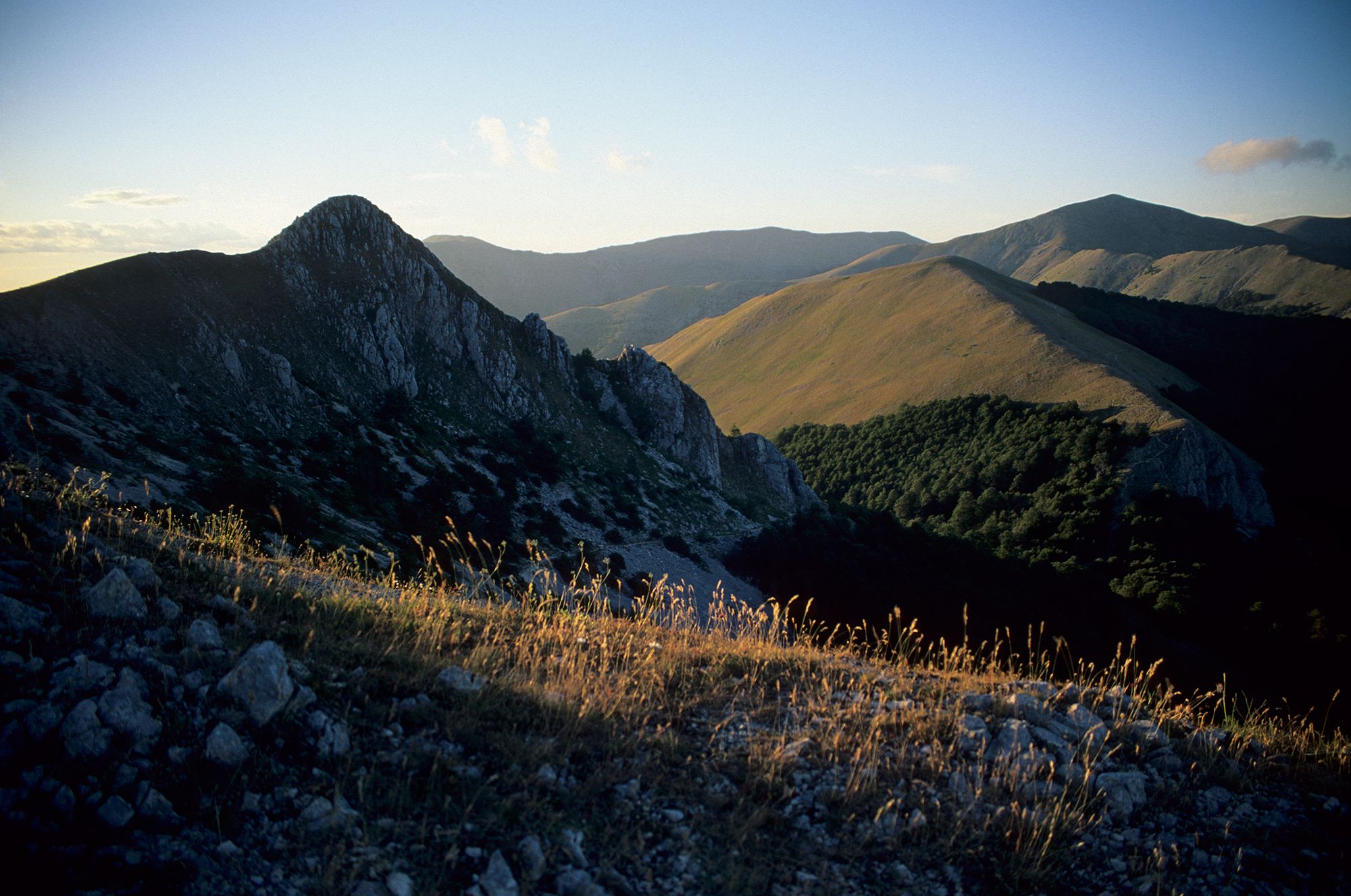
I certainly don’t imagine a ‘take away’ like that from many readers, but I do hope the book is enjoyed by most, and that it comes to mean something to a few.
Other than that? I hope readers tell me! The most satisfying part of all this has been hearing back from others. Who’d have thought a solitary walk could lead to so many connections!
Order your copy on Amazon and for more details see andrewterrill.com.
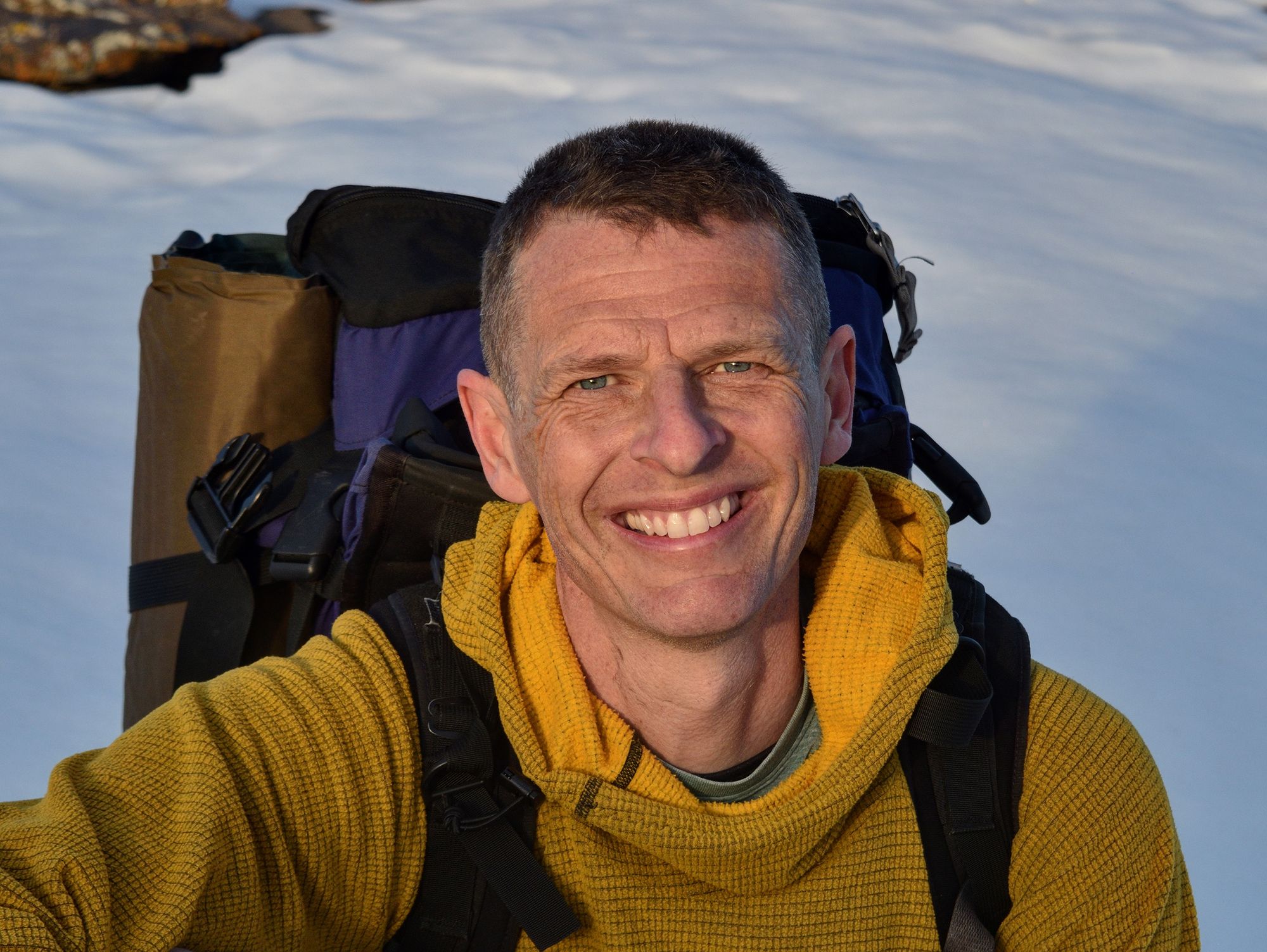
Without giving too much away, can you give us a flavour of what’s in store for readers in On Sacred Ground?
On Sacred Ground continues the journey. It picks up the trail north of the Alps, takes readers across the forested mountains of Central Europe during a fearsomely snowy winter, and then continues up Norway into some of Europe’s wildest and remotest landscapes. The book develops all the themes begun in The Earth Beneath My Feet, introduces a whole host of wild locations that many readers may not have heard of but may be interested in exploring for themselves, and reaches a real climax in the Norwegian Arctic. Whether the climax at the end is good or bad I won’t reveal – you’ll have to wait for the book to find out!
2nd best newsletter in the universe